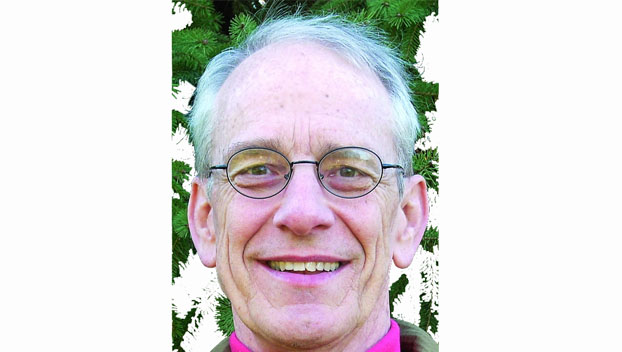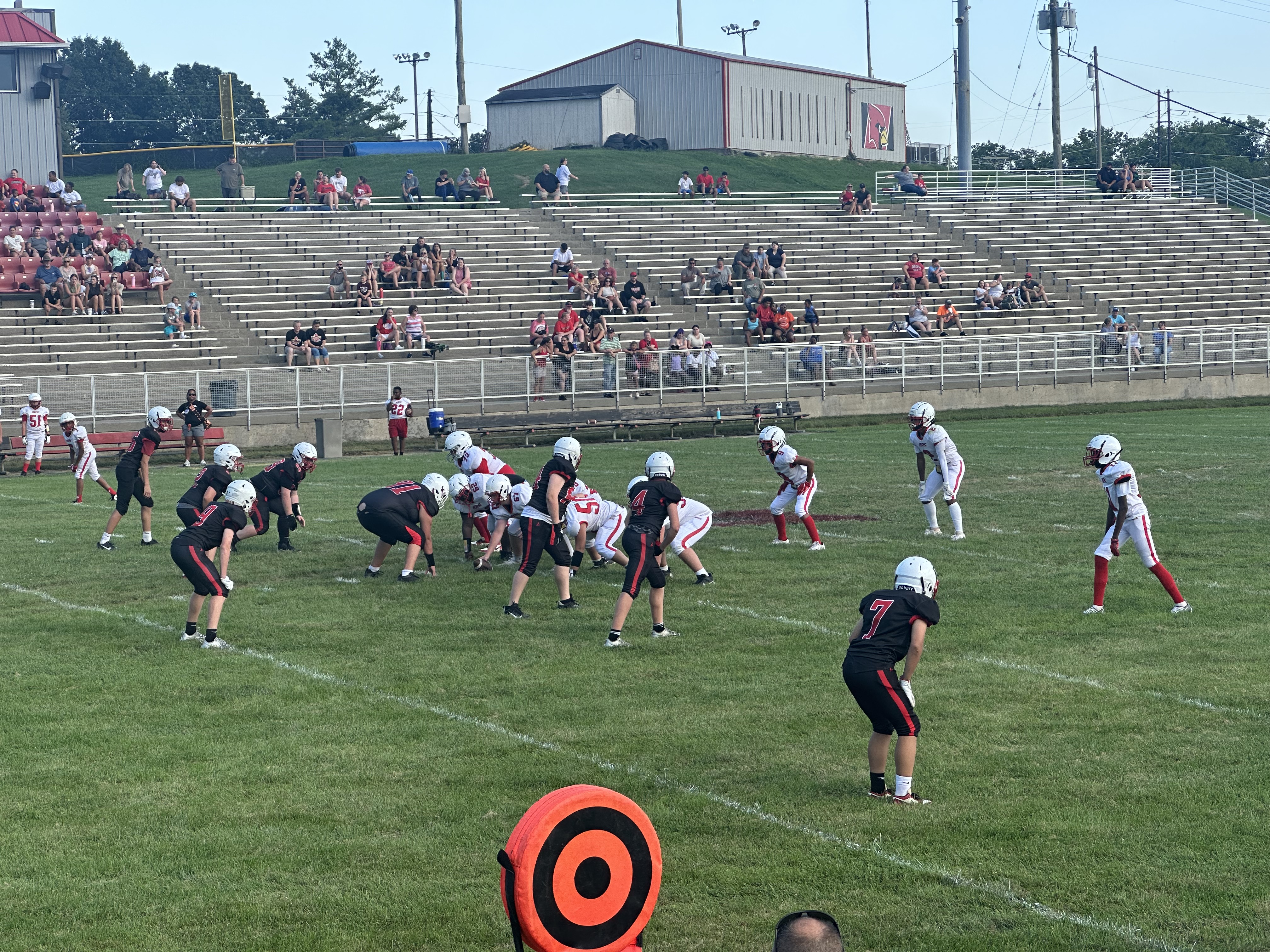Enoch: The first town in Clark County
Published 12:00 pm Saturday, June 10, 2023
|
Getting your Trinity Audio player ready...
|
By Harry Enoch
Contributing Writer
On December 6, 1792, the Kentucky legislature divided parts of Fayette and Bourbon counties to form the new county of Clark, named after the famous Revolutionary War hero George Rogers Clark. Eleven days later, the legislature approved an act establishing the town of Mount Sterling. It may surprise some, but Winchester, the county seat of Clark, was not established until a year later, on December 19, 1793. It would be of interest to Winchester residents to learn more about the first town in Clark County.
Trending
Mount Sterling was established on 640 acres of land belonging to Enoch Smith, Hugh Forbes, John Judy and Samuel Spurgin. Smith, a land surveyor, had gotten to the area first. He came out with William Calk in April 1775. They joined Col. Richard Henderson’s party on their way to Kentucky and settled at Boonesborough. That summer, while exploring the country, Smith discovered a remarkable mountain on Hinkston Creek. He decided to make an improvement there to mark off a land claim of 1,400 acres. One of the corners of his claim was at the “Little Mountain,” which we now know was an Indian mound. These were created by the Adena people, a prehistoric group of Native American hunter-gardeners who lived in Central Kentucky from about 500 B.C. to A.D. 200. This famous mound was located near the intersection of today’s Locust and Queen Streets.
Enoch Smith and William Calk built a cabin and went to housekeeping together at Boonesborough. Both stayed busy surveying for land-hungry settlers arriving from the eastern states. Smith was appointed the first county surveyor for Clark County. He moved his family onto his Montgomery County land in 1790. Thus began the settlement of Mount Sterling.
Hugh Forbes was a Scotsman who immigrated to Virginia, where he and his brother settled near other Scotsmen in Dumfries, Prince William County. A power of attorney assigned by one of the locals indicates that Hugh was often to be found in other parts of the country: “David Forbes, Surgeon, in Dumfries Town, and Hugh Forbes, planter, on the River Ohio, to be my true and lawful attorney.”
Hugh came to Kentucky with a group of land-jobbers from Virginia in 1776. Land-jobbers traveled to the frontier to mark off tracts of land and make improvements for those who stayed at home. Forbes entered a number of these preemption claims for Prince William County men before the land commission meeting at St. Asaph’s (now Stanford) in April 1780: one for himself and one for his brother, David Forbes, on Stoner Creek, as well as other claims in the name of William Brent, Edward Spriggs and Charles William Cross.
Charles William Cross sold his claim to Capt. Henry Pawling, who in turn sold to Hugh Forbes. It was a portion of this tract that became part of Mount Sterling. It joined Enoch Smith’s lot on the east and shared a common corner at the Little Mountain. A small extension on the southwest corner of Forbes’ land ran along Hinkston Creek. Forbes’ role as the town founder was based on his development of this finger of land. John Crawford, an early Mount Sterling settler, described Forbes’ activities that led to the formation of Mount Sterling:
“Forbes obtained a claim to a narrow strip of land between Enoch Smith’s and Calk’s or Lynn’s and built a cabin in the bottom in 1791. In 1792, he moved up, brought up some stock and settled the widow Mulroy, whose husband had been killed in St. Clair’s defeat in 1791, in his cabin. Forbes laid off lots on his narrow strip, and people bought who wanted to be near to the range for their stock. The lower street [now Locust] was then intended for the Main street.”
Trending
Crawford added a little more detail, including how John Judy’s land came to be incorporated into the town:
“John Judy bought the 100 acres of Enoch Smith, which I might have chosen. He paid for it in sheep, cows and stock—the currency of the country—and laid it off and sold it in different sized lots. This was after Forbes had come in and commenced a town. 640 acres in all were given up for a town after Forbes had commenced it by selling out his little strip.”
Crawford was the only eyewitness to describe how the town of Mount Sterling got its name:
“I was present when they had the naming of the town. Enoch Smith proposed it should be Little Mountain town. But Forbes said no, it should be Mount Stirling. He had come from a town in Scotland named Stirling. Forbes ruled as it was he that began the town.”
The legislature would not create Montgomery County until 1796, and Mount Sterling became the new county seat. Crawford even had a comment on how this process unfolded:
“The Clarke people wanted to shove our court-house over onto Flat Creek [in present-day Bath County], but Forbes’ settlement throwed the magistrates up about Mount Sterling so strong that a majority were for that place.”
“And that,” as Paul Harvey used to say on the radio, “is the rest of the story.”






